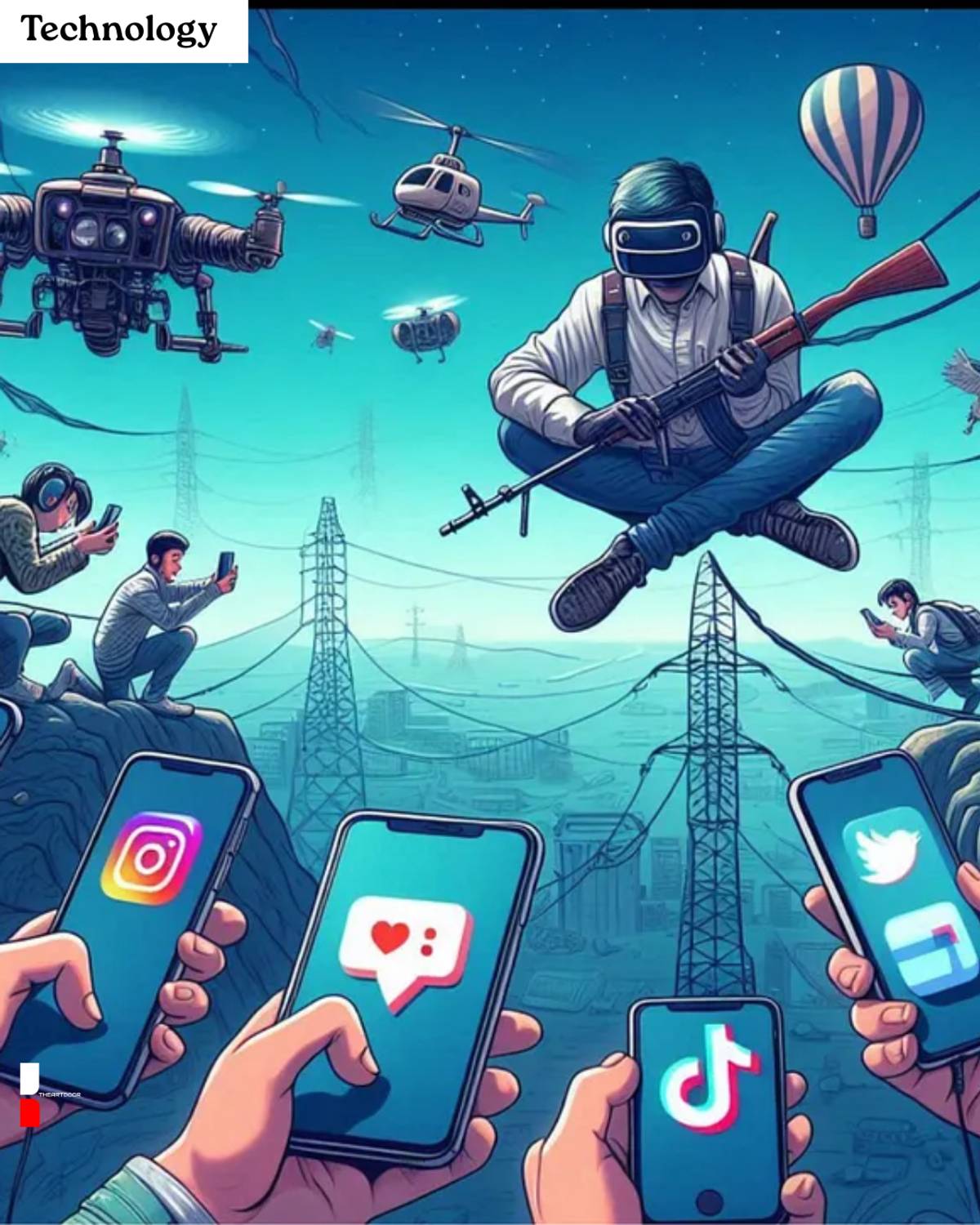Tech Layoffs Surge as AI Reshapes Industry Workforce
By Staff Writer | Editor in chief: Science & Technology Correspondent
ShareSilicon Valley, CA — A wave of layoffs continues to ripple through the tech sector in 2025, with major firms from San Francisco to Seattle announcing workforce reductions amid a rapidly shifting technological landscape dominated by artificial intelligence.
Companies like Meta, Amazon, and Salesforce have confirmed further job cuts this quarter, citing the integration of advanced AI systems as a key reason. The move marks a deepening trend where automation and machine learning are not just supporting human labor, but replacing it.

Photo: Thetambellinigroup
In the first half of 2025 alone, more than 168,000 tech workers have been laid off globally, according to data from Layoffs.fyi. Analysts note that while economic pressures and post-pandemic recalibrations are contributing factors, the core driver is now strategic restructuring around AI efficiency.
“We’re not in a hiring freeze, we’re in a hiring transformation,” said Christine Yao, CTO at a Bay Area-based startup. “AI is enabling companies to operate leaner. Tasks once handled by teams of engineers, data analysts, and customer support reps can now be managed or augmented by AI agents.”
The Automation Acceleration
The proliferation of generative AI tools like OpenAI’s Codex, Google’s Gemini, and Anthropic’s Claude, has allowed companies to streamline code production, automate quality assurance, and even design user interfaces with little to no human input. Internal tools powered by proprietary LLMs (large language models) are also taking over legal review, marketing copywriting, and technical documentation.
“In 2020, AI was a feature. In 2025, it’s the infrastructure,” said Dr. Hannah Okafor, a professor of computational labor economics at Stanford University. “Businesses are no longer just experimenting with AI, they're rebuilding their org charts around it.”
Winners, Losers, and a Shrinking Middle
As AI systems become more capable, a new polarization is emerging in the tech labor market. While roles in AI engineering, model safety, and prompt design are in high demand, mid-level roles, especially in software development and QA are under increasing threat.
“The middle-tier engineer is most at risk,” said Mark Levinson, an HR strategist at WorkTech Insights. “Firms need a handful of elite engineers to fine-tune the AI and fewer people overall to deploy and maintain it.”
Job seekers are already feeling the shift. A recent report by Indeed shows a 40% drop in new listings for frontend developer roles since January, while postings for “AI operations specialists” and “LLM infrastructure engineers” have more than doubled.
Ethical Concerns and Economic Risks
The rapid adoption of AI has raised flags among labor advocates and economists alike. Critics warn that the pursuit of short-term efficiency could lead to long-term instability.
“This isn’t just a tech story, it’s a labor story,” said Linda Zhou, director at the nonprofit Labor Futures. “We are seeing white-collar automation unfold in real-time, and there’s no safety net or policy framework to protect displaced workers.”
Meanwhile, tech giants continue to report strong profits. Microsoft, for example, recently posted a 19% increase in quarterly earnings, largely credited to cloud-based AI services.

Photo: AppEconomyInsights
Looking Ahead
As the dust settles, companies are navigating the delicate balance between innovation and responsibility. Some are investing in internal retraining programs and AI upskilling initiatives, while others are moving fast to stay ahead of competitors.
What’s clear is that the AI revolution is no longer on the horizon, it’s here, reshaping the workforce with every algorithm update.
